Room Setting Design takes center stage, inviting you into a world of endless possibilities. As we delve into the intricacies of this art form, you’ll discover the secrets to transforming your living spaces into functional, aesthetically pleasing havens that reflect your unique style and personality.
From understanding the principles of effective room layout to selecting the perfect furniture and decorative elements, this comprehensive guide will empower you to create a space that not only looks stunning but also meets your practical needs. Prepare to embark on a journey of design inspiration and practical advice, as we unveil the secrets of Room Setting Design.
Room Layout Design
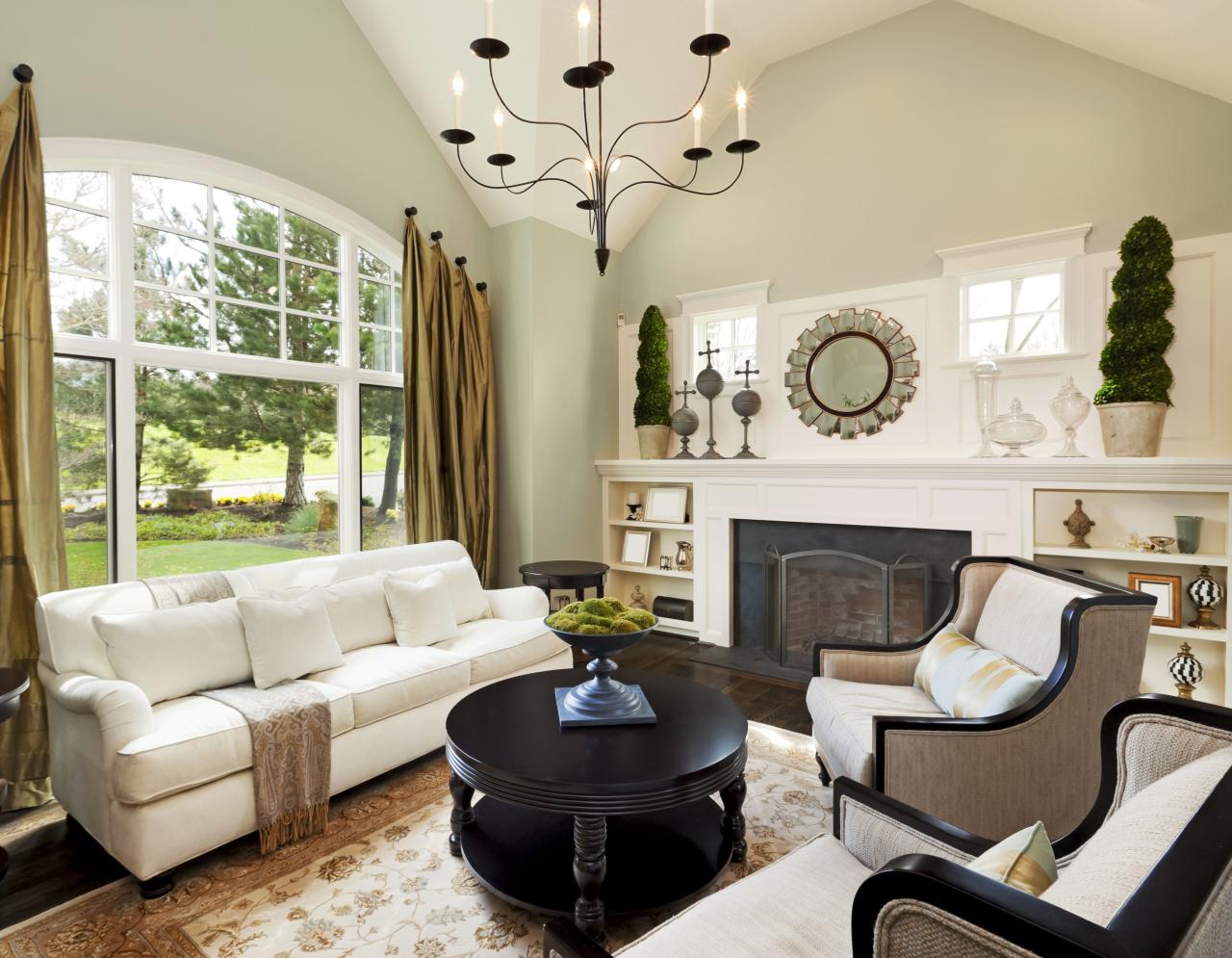
Creating a functional and aesthetically pleasing room layout is crucial for maximizing space, improving comfort, and enhancing the overall ambiance of a room. Effective room layout design involves careful consideration of various factors, including the room’s purpose, furniture arrangement, traffic flow, and natural light.
There are several principles to consider when designing an effective room layout:
- Define the Focal Point:Identify the main attraction of the room, such as a fireplace, large window, or artwork, and arrange furniture and decor to draw attention to it.
- Create a Balanced Arrangement:Distribute furniture and decor evenly throughout the room to avoid a cluttered or lopsided appearance.
- Maximize Natural Light:Position furniture and window treatments to allow ample natural light to enter the room, creating a bright and inviting atmosphere.
- Consider Traffic Flow:Ensure that furniture placement does not obstruct the natural flow of movement through the room.
- Use Rugs to Define Spaces:Rugs can be used to create distinct areas within a room, such as a seating area or dining area.
Different Room Layouts
There are several common room layouts, each with its own advantages and disadvantages:
- Symmetrical Layout:Furniture is arranged in a symmetrical pattern around a central focal point, creating a formal and balanced look.
- Asymmetrical Layout:Furniture is arranged in an asymmetrical pattern, creating a more casual and relaxed atmosphere.
- Open Floor Plan:The room has no defined walls or partitions, creating a spacious and airy feel.
- Closed Floor Plan:The room is divided into distinct areas by walls or partitions, providing more privacy and separation.
| Layout | Advantages | Disadvantages |
|---|---|---|
| Symmetrical | Formal and balanced appearanceCreates a sense of order | Can feel stiff and inflexibleMay not be suitable for small spaces |
| Asymmetrical | Casual and relaxed atmosphereMore flexible and adaptable | Can appear cluttered if not carefully plannedMay not be suitable for formal settings |
| Open Floor Plan | Spacious and airyPromotes natural light and flow | Can feel overwhelming or lack privacyMay be difficult to define distinct areas |
| Closed Floor Plan | Provides privacy and separationAllows for more defined areas | Can feel cramped or confiningMay limit natural light and flow |
Color and Lighting Schemes
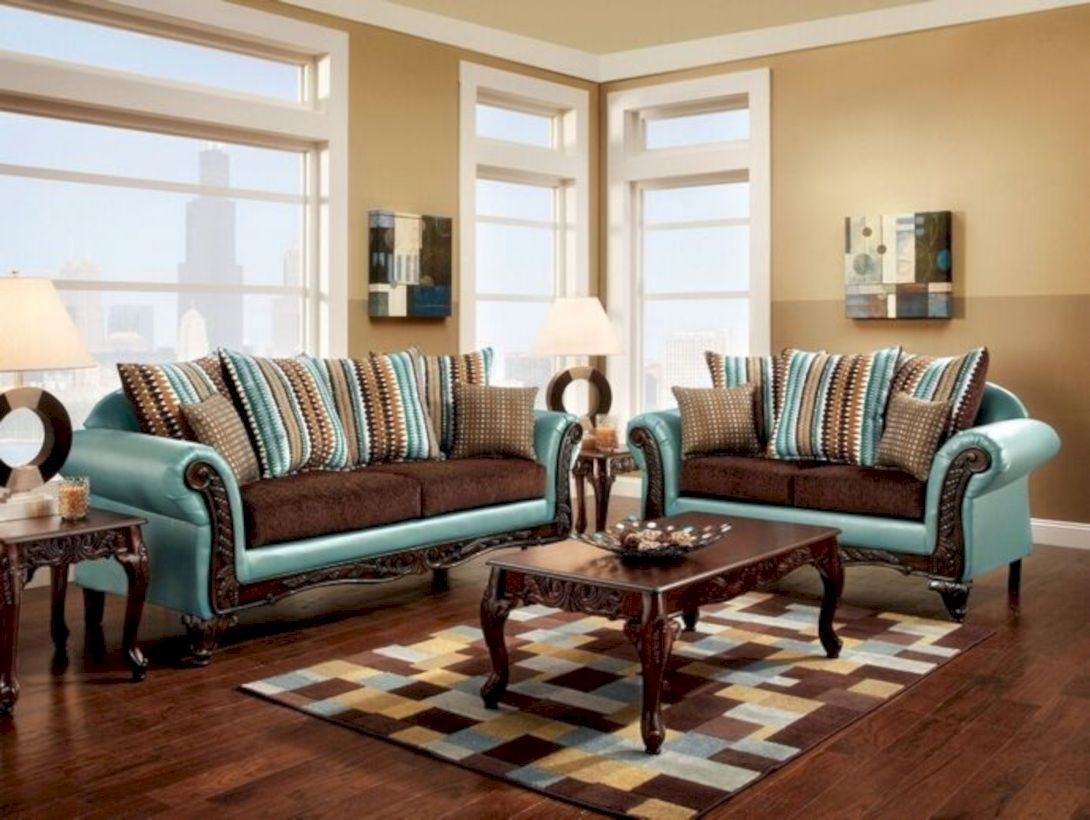
Color and lighting play a crucial role in shaping the ambiance and functionality of any room. The right combination can create a harmonious and inviting space, while inappropriate choices can result in a room that feels uncomfortable or unwelcoming.
When selecting a color palette, consider the purpose and mood you want to create in the room. Warm colors like red, orange, and yellow can evoke feelings of warmth and energy, while cool colors like blue, green, and purple promote tranquility and relaxation.
Neutral colors like white, gray, and black provide a versatile backdrop that can complement any style.
Lighting Fixtures
The choice of lighting fixtures can also significantly impact the ambiance of a room. Pendant lights, chandeliers, and recessed lighting are just a few of the many options available. Consider the size and shape of the room, as well as the desired level of brightness when selecting fixtures.
Natural light is always preferable, so make sure to maximize its use by placing windows strategically. However, artificial lighting is essential for creating a comfortable and functional space, especially during evening hours.
Lighting Techniques
There are various lighting techniques that can be used to create different effects in a room. Here’s a table summarizing some common techniques and their impact on ambiance:
| Technique | Effect |
|---|---|
| Ambient Lighting | Provides general illumination throughout the room. |
| Task Lighting | Focuses light on specific areas, such as a desk or kitchen counter. |
| Accent Lighting | Highlights architectural features or decorative objects. |
| Mood Lighting | Creates a specific ambiance using colored or dimmable lights. |
Furniture Selection and Arrangement: Room Setting Design
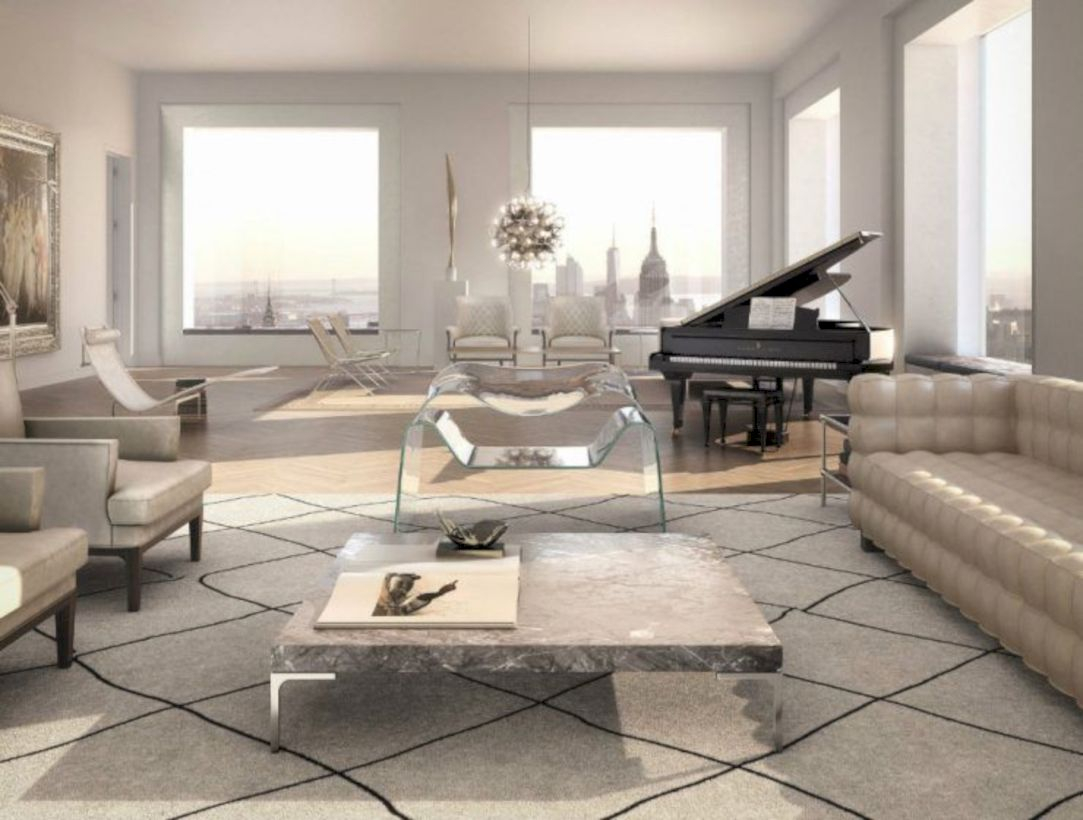
Furniture selection and arrangement play a crucial role in creating a functional and aesthetically pleasing room. Consider these factors when selecting furniture:
Factors to Consider:
- Room size and shape
- Purpose of the room
- Lifestyle and habits
- Personal style and preferences
- Budget
Tips for Arranging Furniture:
- Define focal points: Identify the main attraction of the room and arrange furniture to draw attention to it.
- Create conversation areas: Group furniture in cozy clusters to encourage interaction.
- Maximize natural light: Position furniture to take advantage of windows and natural light sources.
- Consider traffic flow: Ensure there is enough space for people to move around comfortably.
- Use rugs to define spaces: Rugs can delineate different areas within a room, such as a seating area or dining space.
Common Furniture Arrangements
Here are some common furniture arrangements and their suitability for different room types:
- Formal Living Room:Symmetrical arrangement with matching sofas and armchairs facing each other.
- Casual Living Room:Sectional sofas or individual chairs arranged in a conversational grouping.
- Dining Room:Rectangular or round table with chairs arranged around it.
- Bedroom:Bed as the focal point, with nightstands on either side and a dresser or wardrobe for storage.
- Home Office:Desk and chair as the main furniture, with additional storage units and a comfortable seating area.
Decorative Elements and Accessories
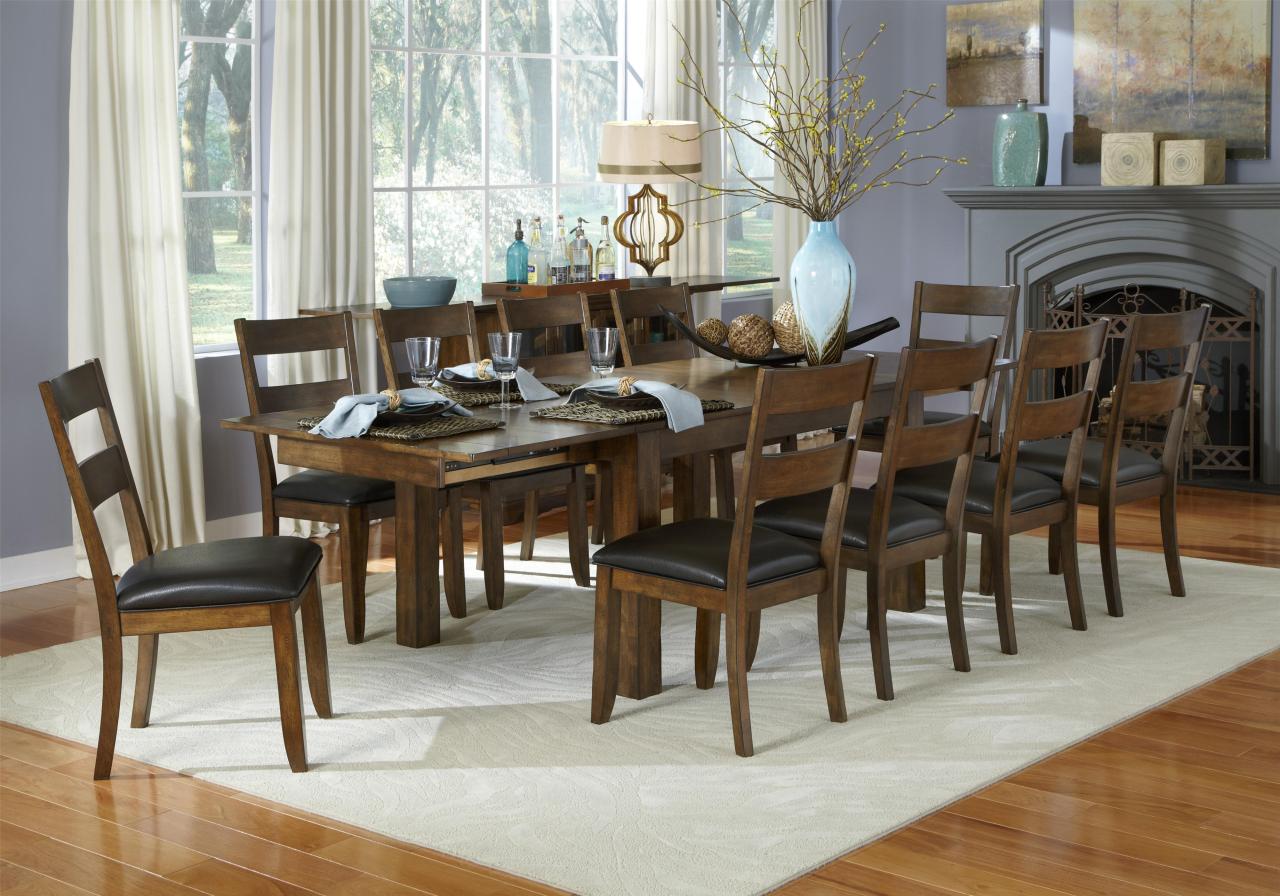
Decorative elements and accessories play a vital role in elevating the aesthetics of a room, transforming it from a functional space into a visually captivating haven. These elements add personality, style, and depth, creating a cohesive and inviting ambiance.
When selecting and incorporating decorative items, it’s essential to consider the overall design scheme, color palette, and architectural features of the room. Artwork, textiles, and other decorative objects should complement the existing décor while adding unique touches that reflect your taste and personality.
Artwork, Room Setting Design
Artwork can instantly elevate the visual appeal of a room, adding color, texture, and interest. Consider the size, style, and subject matter of the artwork to ensure it harmonizes with the room’s ambiance. Paintings, prints, photographs, and sculptures are all excellent options for adding a touch of sophistication and personal style.
Textiles
Textiles, such as curtains, rugs, and throw pillows, provide both functional and decorative benefits. They can define spaces, absorb sound, and add warmth and texture to a room. Choose textiles that complement the color scheme and overall style of the space, experimenting with different patterns, textures, and materials to create a visually dynamic and inviting atmosphere.
Other Decorative Items
Other decorative items, such as vases, sculptures, plants, and candles, can add unique touches and create focal points within a room. These items can be used to introduce pops of color, add height and dimension, or simply create a sense of coziness and warmth.
Consider the scale and placement of these items to ensure they complement the overall design and enhance the ambiance of the space.
| Type of Element | Potential Impact |
|---|---|
| Artwork | Adds color, texture, interest, and personal style |
| Textiles | Defines spaces, absorbs sound, adds warmth, and creates visual interest |
| Other Decorative Items (vases, sculptures, plants, candles) | Introduces pops of color, adds height and dimension, creates focal points, and enhances ambiance |
Design Styles and Trends
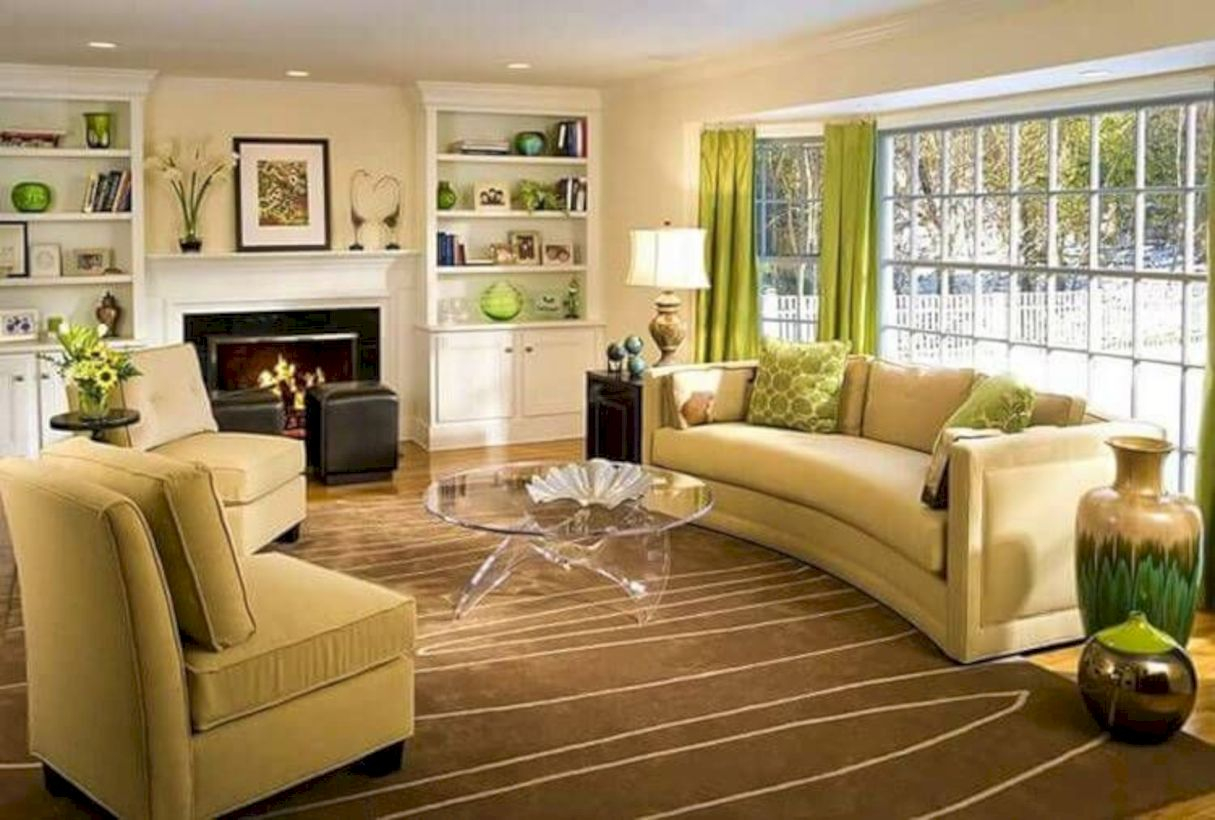
Delving into the world of interior design, we encounter a vast array of design styles, each with its unique characteristics and appeal. From the timeless elegance of traditional designs to the sleek minimalism of modern aesthetics, there’s a style to suit every taste and preference.
Furthermore, emerging trends in room setting design continue to shape the interiors of the future, bringing fresh perspectives and innovative ideas to the forefront.
Exploring Design Styles
Understanding the key elements of various design styles is crucial for creating cohesive and visually appealing spaces. Some of the most popular styles include:
- Modern:Clean lines, geometric shapes, and a neutral color palette define modern design. It emphasizes functionality and simplicity, creating a sense of spaciousness and order.
- Traditional:Traditional design draws inspiration from historical periods, featuring ornate details, rich fabrics, and warm, inviting colors. It exudes a sense of comfort and elegance, evoking a bygone era.
- Minimalist:Minimalism embraces the concept of “less is more,” focusing on simplicity and functionality. It utilizes neutral colors, clean lines, and open spaces, creating a calming and uncluttered environment.
- Bohemian:Bohemian style celebrates eclecticism and individuality. It incorporates a mix of patterns, textures, and colors, creating a vibrant and expressive space that reflects the personality of its occupants.
- Coastal:Coastal design brings the beauty of the seaside indoors. It features light and airy colors, natural materials like wood and wicker, and elements that evoke a sense of tranquility and relaxation.
These are just a few examples of the many design styles available, each with its own unique characteristics and appeal. By understanding the key elements of each style, you can create a room setting that reflects your personal taste and creates a space that is both beautiful and functional.
Emerging Trends in Room Setting Design
The world of interior design is constantly evolving, with new trends emerging all the time. Some of the latest trends in room setting design include:
- Biophilic Design:Biophilic design focuses on incorporating natural elements into indoor spaces, creating a connection between humans and the natural world. This can be achieved through the use of plants, natural materials, and elements that evoke a sense of the outdoors.
- Sustainable Design:Sustainable design prioritizes the use of eco-friendly materials and practices to reduce the environmental impact of interior design. This includes using recycled and renewable materials, reducing energy consumption, and incorporating energy-efficient appliances.
- Smart Home Technology:Smart home technology is becoming increasingly popular in room setting design. This technology allows you to control various aspects of your home, such as lighting, temperature, and security, from your smartphone or tablet. It can create a more convenient, comfortable, and secure living environment.
- Personalized Spaces:Personalized spaces are becoming increasingly important in room setting design. This trend involves creating spaces that are tailored to the individual needs and preferences of the occupants. This can be achieved through the use of custom furniture, artwork, and accessories that reflect the occupant’s personality and lifestyle.
These are just a few of the many emerging trends in room setting design. By staying up-to-date on the latest trends, you can create a space that is both stylish and functional, and that reflects your personal taste.
Comparison of Design Styles
To help you better understand the key differences between various design styles, here is a table comparing the defining elements of modern, traditional, and minimalist styles:
| Element | Modern | Traditional | Minimalist |
|---|---|---|---|
| Lines | Clean, geometric | Curved, ornate | Straight, simple |
| Colors | Neutral, monochromatic | Warm, inviting | Neutral, earthy |
| Furniture | Functional, simple | Ornate, upholstered | Clean-lined, geometric |
| Accessories | Minimal, geometric | Abundant, decorative | Sparse, functional |
| Overall Feel | Spacious, uncluttered | Cozy, inviting | Calming, serene |
By understanding the key differences between these design styles, you can make informed decisions about the style that best suits your taste and needs.
End of Discussion
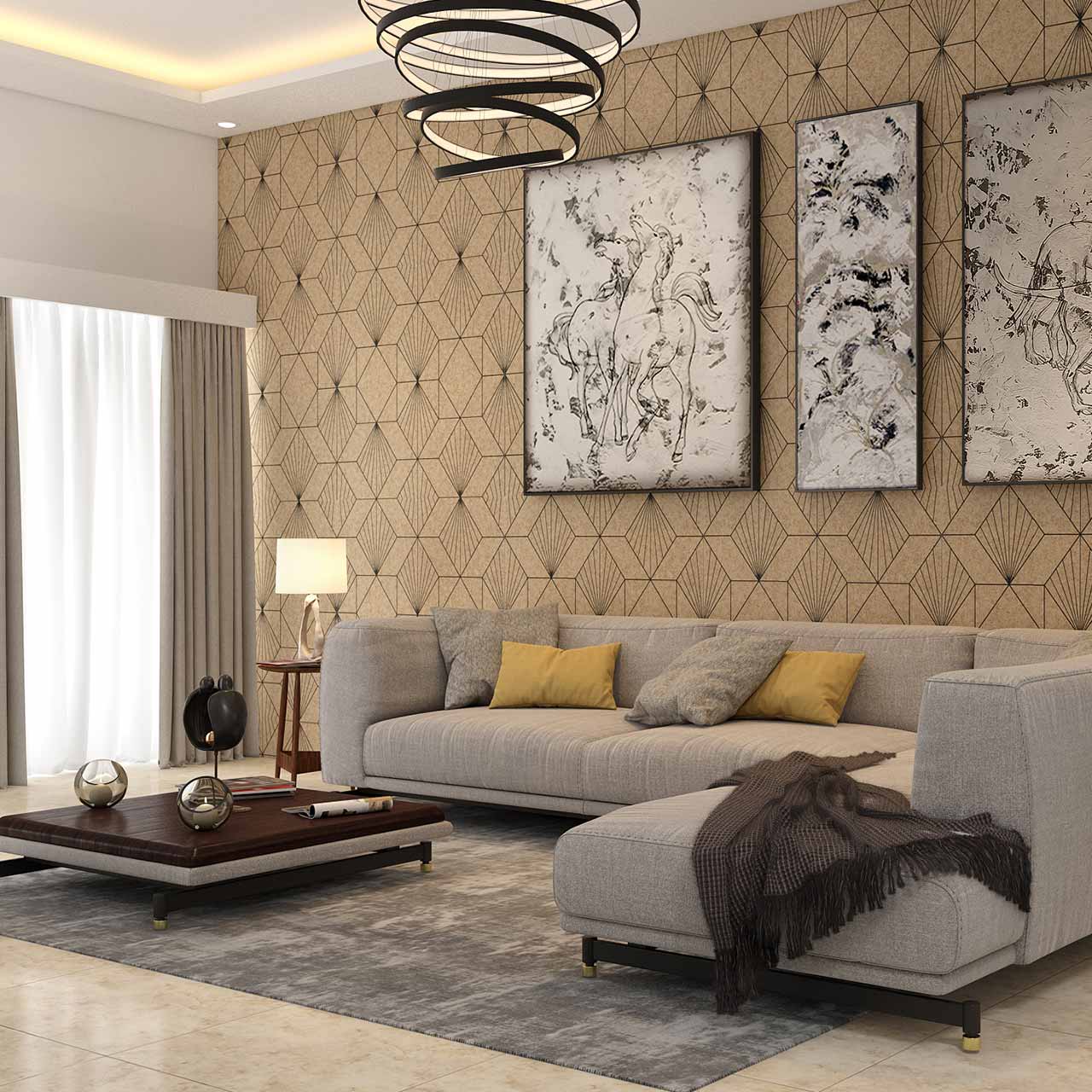
As we reach the end of our exploration into Room Setting Design, remember that creating a space you love is an ongoing process. Experiment with different layouts, colors, and accessories until you find a combination that resonates with your soul.
Embrace the power of design to transform your living environment into a sanctuary of comfort, style, and functionality.
User Queries
What are the key principles of effective room layout design?
Effective room layout design involves creating a space that is both functional and visually appealing. It considers the flow of movement, the placement of furniture, and the use of natural light to create a harmonious and inviting atmosphere.
How do color and lighting impact room design?
Color and lighting play a crucial role in setting the mood and ambiance of a room. Different colors evoke different emotions and can be used to create a variety of effects, from cozy and inviting to bright and energizing. Lighting can enhance the overall design by highlighting architectural features, creating focal points, and adding depth to the space.
What factors should be considered when selecting furniture for a room?
When selecting furniture, consider the size, style, and functionality of the pieces. The furniture should be proportionate to the room size and complement the overall design scheme. It’s also important to choose pieces that are comfortable and meet your practical needs.
